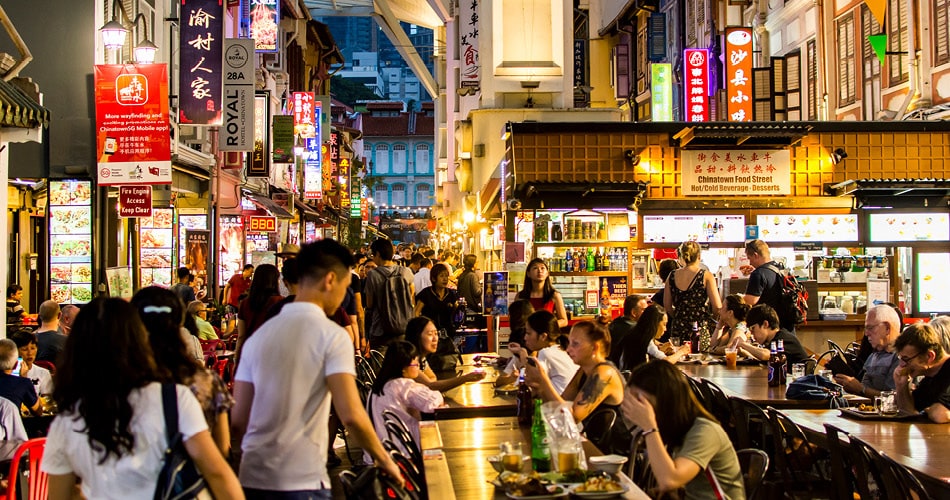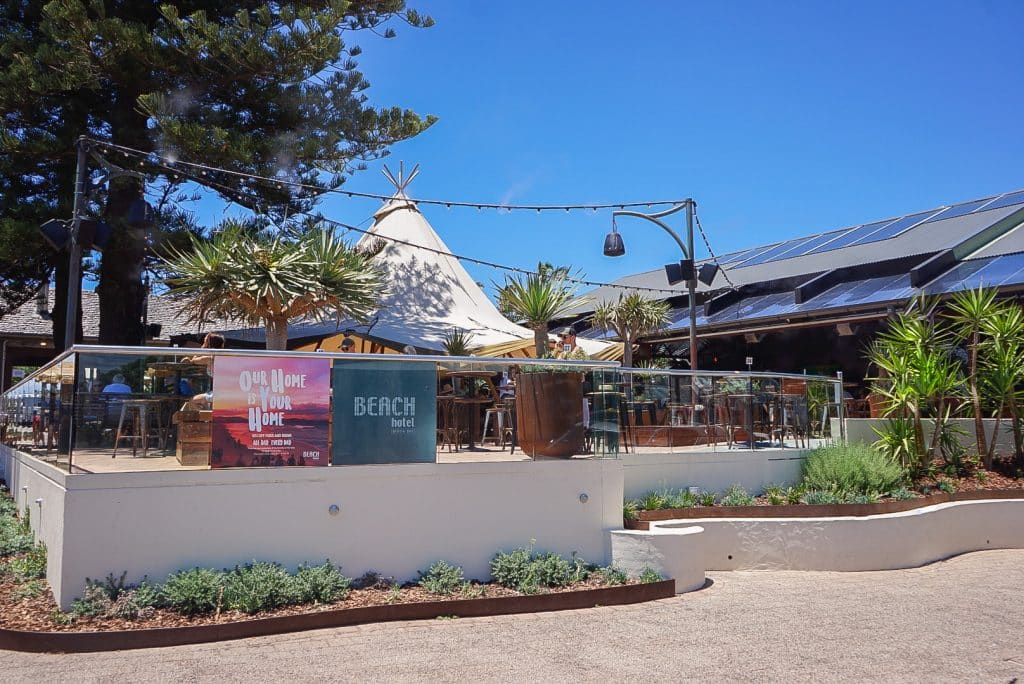
On December 16, 2020, Singapore’s hawker culture was added to the Unesco list of Intangible Cultural Heritage of Humanity. Singapore’s hawker culture refers to a unique community and lifestyle of vendors cooking and selling meals in 113 hawker centers across the city-state.
The UNESCO distinction was timely, highlighting the importance of protecting the vendors during the financially challenging time of the pandemic. According to data from Singapore Food Agency (SFA), in 2020, there were 13,958 total licensed hawker stalls, of which 6,138 were selling cooked food. What makes these hawker stalls special is how each one specializes in cooking a specific dish, often mastering it over decades. For Singaporeans, the hawker center is an extension of their home. They buy their breakfast, lunch, dinner, even their kopi, teh tarik and snacks from the hawker centre. With offerings so cheap, most families buy a rice or noodle meal for SGD $3.50, rather than cooking at home. It is more convenient given the busy work schedules of Singaporeans.
Despite the hawker culture’s place at the core of Singapore lifestyle, younger generations are often not interested in continuing the family business. The long hours, hot and tiring working conditions and small profit margins turn off the younger generation. The average age of a hawker vendor is now 59 years old.
Adapting to circuit breakers
When the pandemic forced lockdowns, known as circuit breakers in Singapore, hawker culture was severely affected. All dining was prohibited in hawker centers, limiting their sales to takeaway. Some hawkers chose to stop trading because they lost money staying open. Although many restaurants in Singapore quickly adapted to online ordering and delivery systems, hawkers did not easily adapt.
When the pandemic started, friends Elroy Lim and Tai Zhang Kai immediately jumped in to help the hawkers. Lim remembers: “In April 2020, Singapore had a circuit breaker where everyone was restricted from going out. That’s when we saw hawkers, especially those in the central business district (CBD), affected badly because offices were closed. We decided we had to step in and do what we could to help the hawkers in the CBD area specifically.”
These two corporate professionals in their early 30s started Hawker Heroes, with no experience in the food industry, deliveries, or creating an online ordering system. “We felt there was a need because we saw the older hawkers really suffering,” Lim says. He went to each stall, one-by-one, asking why they didn’t want to do online delivery platforms. He found the two main reasons were the high commission charged to hawkers in the multi-layer system that they go through and the need to learn the right technology.
The two determined friends came up with a simple food delivery solution, easy enough for non-tech-savvy hawkers to use. While other delivery services charge 20-30% of their food cost, Hawker Heroes charged an additional 10% of the food cost to the customer, plus a flat rate of $8 for delivery island-wide from one hawker centre. Hawker Heroes served six hawkers located within the CBD.
“I can claim we are probably one of the first to have a so-called mix-and-match model enabling consumers to buy across various different hawkers,” says Lim.
While there was a lot of scepticism from older hawkers at first, wondering who this young man was, walking around asking them to try food delivery, with many of them losing money some decided to give it a try since there was no financial cost to them. One vendor selling muffins doubted anyone would pay the $8 delivery fee to buy muffins. But Lim convinced her. “I explained that maybe people buying other food items from the hawker center will add a muffin or two from you,” he says. “At the end of the first couple of months, she became one of our top sales.”
Keeping their heads above water
While Lim took care of recruiting the hawkers and teaching them to install WhatsApp on their phones, Tai took care of the technology. “I created the website using Shopify because we needed to create something using the least number of resources and in the shortest possible time,” he says. “We use Shopify to collect the orders. From there I export the orders to Excel then I run some scripts to speed up the relevant orders to the respective hawkers. Instead of sending a complex spreadsheet, each hawker receives an image file on WhatsApp where they can see the orders needed for the next day.”
Lim and Tai did this on top of their day jobs. Their intention was to do it for a month or so during the initial circuit breaker, but they continued until December 2020. They worked with over 140 hawkers, knowing each one by name and sight. Hawker Heroes did not earn money, in fact, it lost a couple of thousand dollars. However, they are happy to have helped vendors keep their heads above water and prepare them for digitalization.
Another person who stepped up to help is Melvin Chew who started Hawkers United, a Facebook group with 25,000 members signed up when it started in April 2020. Today, it has over 300,000 members. Chew is a second-generation owner of Jin Ji Teochew Braised Duck & Kway Chap, his family’s 38-year-old stall at Chinatown Complex Food Centre. He has become the unofficial spokesperson of hawkers. Chew’s Facebook group allows hawkers to share and post their offerings, allowing those without a website or social media presence to ‘speak’ to their potential customers. Chew points out that while the push towards digitalization can help stall owners, it is not that simple. There are some older hawkers who cannot read or write. But throughout this pandemic Chew says a community has grown. “Hawkers are united together, helping each other survive this difficult time,” he says.
Deeper appreciation of hawker culture
Singapore has reached over 80% on double vaccinations and since October 2021, only fully vaccinated customers are allowed to dine in groups of two at coffee shops and canteens. Unvaccinated people can enter only to buy food for takeaway. Government agencies are working to provide stallholders across the country with support to get them online with access to food delivery platforms.
Digital support groups will be set up with plans for a Facebook page for each hawker centre, facilitating group buys through social media, as well as a digital ambassador assigned to each hawker center. There are also plans to pilot a common acquirer model consolidating orders from Food Panda, Grab and Deliveroo customers, managed by WhyQ. This is set to kick off by year-end with 14 participating hawker centres. The intention is that hawkers do not incur any additional commission fees.
While digitalization is important, Hawker Heroes and Hawkers United prove hawkers don’t need to be tech savvy. Learning how to use WhatsApp or Facebook can be sufficient to reach their customers. But it will take a village of younger Singaporeans to gently hold their hands while they adopt new modern systems. It will take much more than digitalization to save hawker culture. A much deeper appreciation of hawker culture is needed for it to not just survive the pandemic, but also thrive and flourish in the years to come.
Maida Pineda




